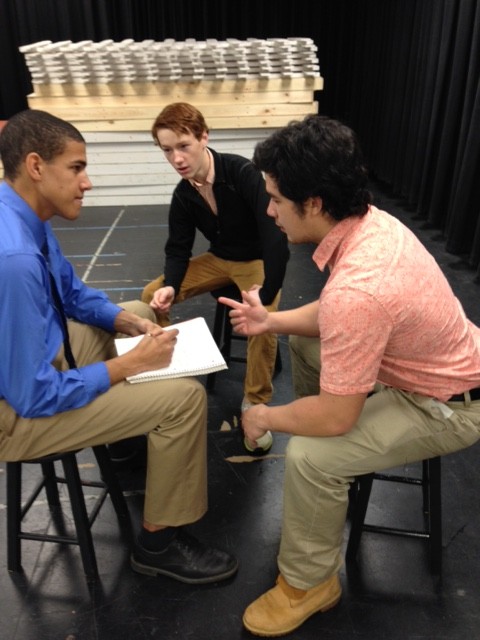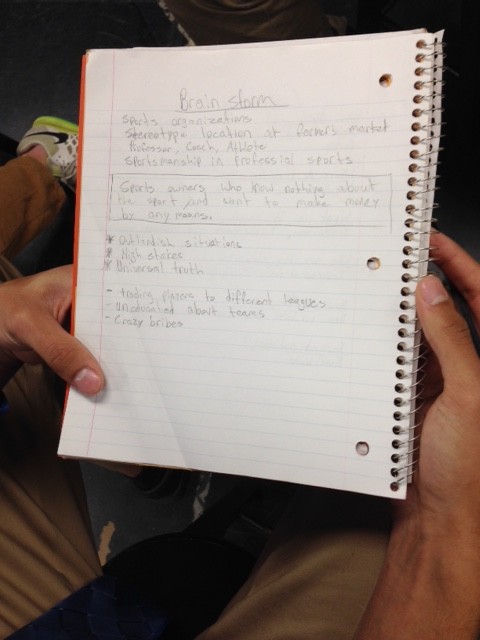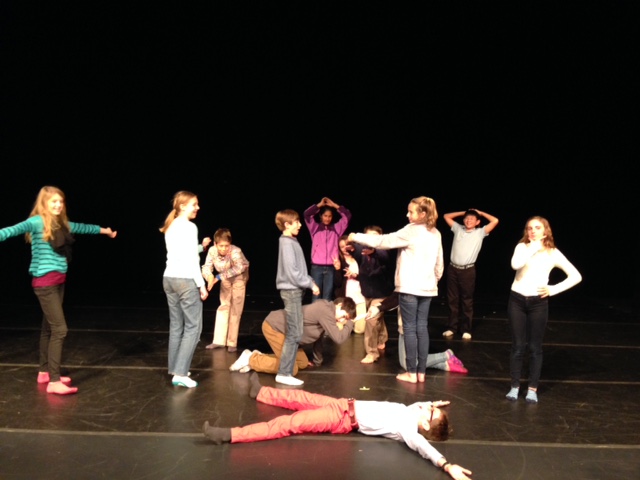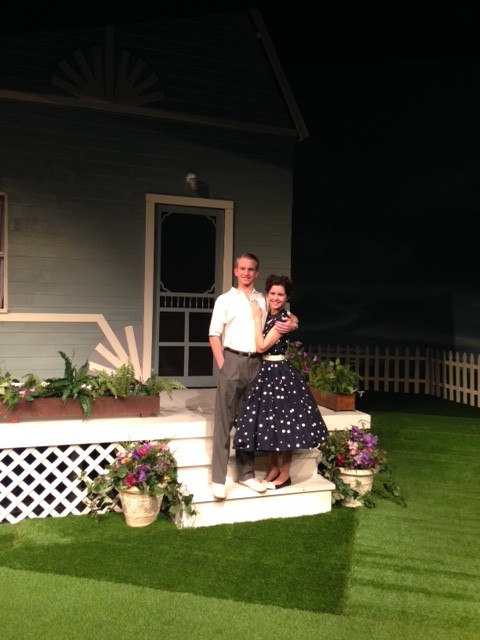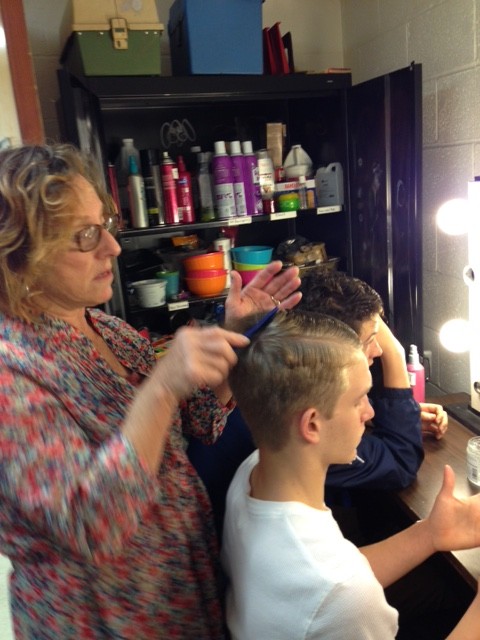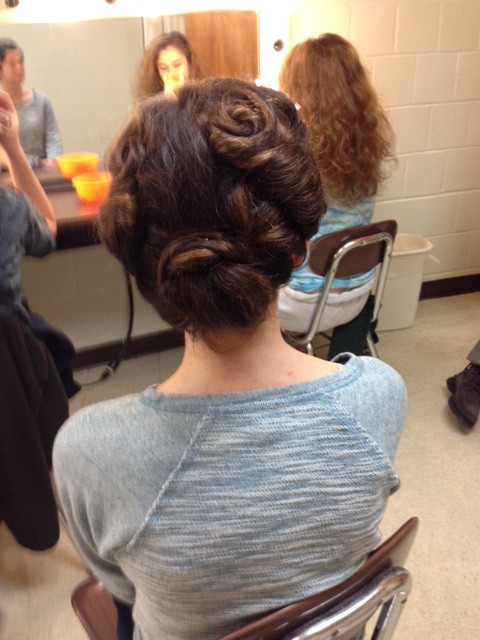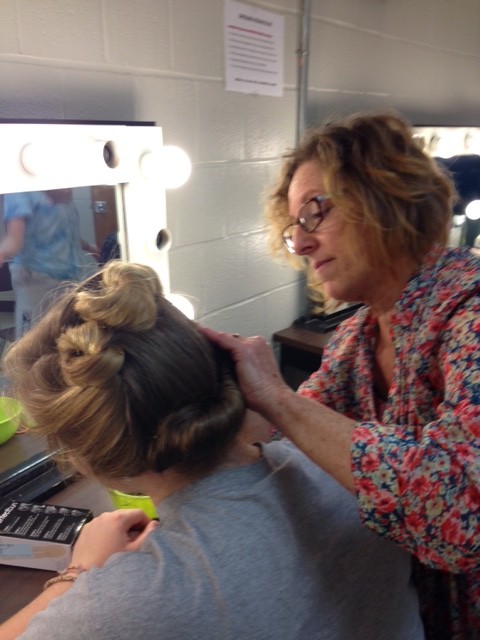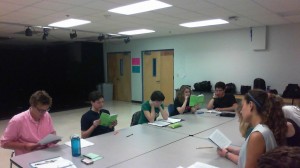As part of our Winter Trimester production “Theater Lab,” I’ve asked Noah Jackson ’15 to write three posts about the process of producing a play from his perspective as a first time director and costume designer. He has written the first of those and I have included it below.
– Charles Raffetto
—————————
I stared at the script blankly as if it were a pure white canvas ready to be transformed into a masterpiece. Everything from lights to sound and costumes went running through my mind as the prospect of a play turned into a reality. With the script as guidance, I was going to form a small piece of theater into something that was completely and totally my vision. These feelings were daunting to say the least, but I am sure my experience was one similar to what most first time directors go through.
Through Theater Lab, a new after school program option accessible during the winter trimester, students gain insight and experience relevant to every facet of creating drama including designing, directing and acting. I was one of the four students to take up the task of directing a small, three- to four-page play chosen through options given to us by our producer Charles Raffetto.
It is fair to say that, through my experience as a director, I have gained a new-found respect for the resident Williston Theater Director, Emily Ditkovski. Directing has entailed so much more than I could have ever imagined and has been very different from the stereotypical “sitting in the audience with a megaphone shouting orders” archetype that people may think of when the word director is used. In fact, directing is such an interconnected experience when it comes to having to work with others. Through Theater Lab I have had to collaborate with student light designers, set designers, costume designers, stage managers and actors. It has been a very interactive experience in that we all work together to bring to fruition each others ideas.
Overall, Theater Lab has been invaluable in guiding me to become a better director. There is no better experience than just throwing yourself into a project and doing the hands-on work that you need to know how to do. Even in the one month that Theater Lab has been going on, I have run rehearsals, built cohesion within the cast and blocked an entire short play. In the end Theater Lab has given me the tools to tackle the once daunting prospect of creating a Theatrical piece of art. – Noah Jackson ’15


